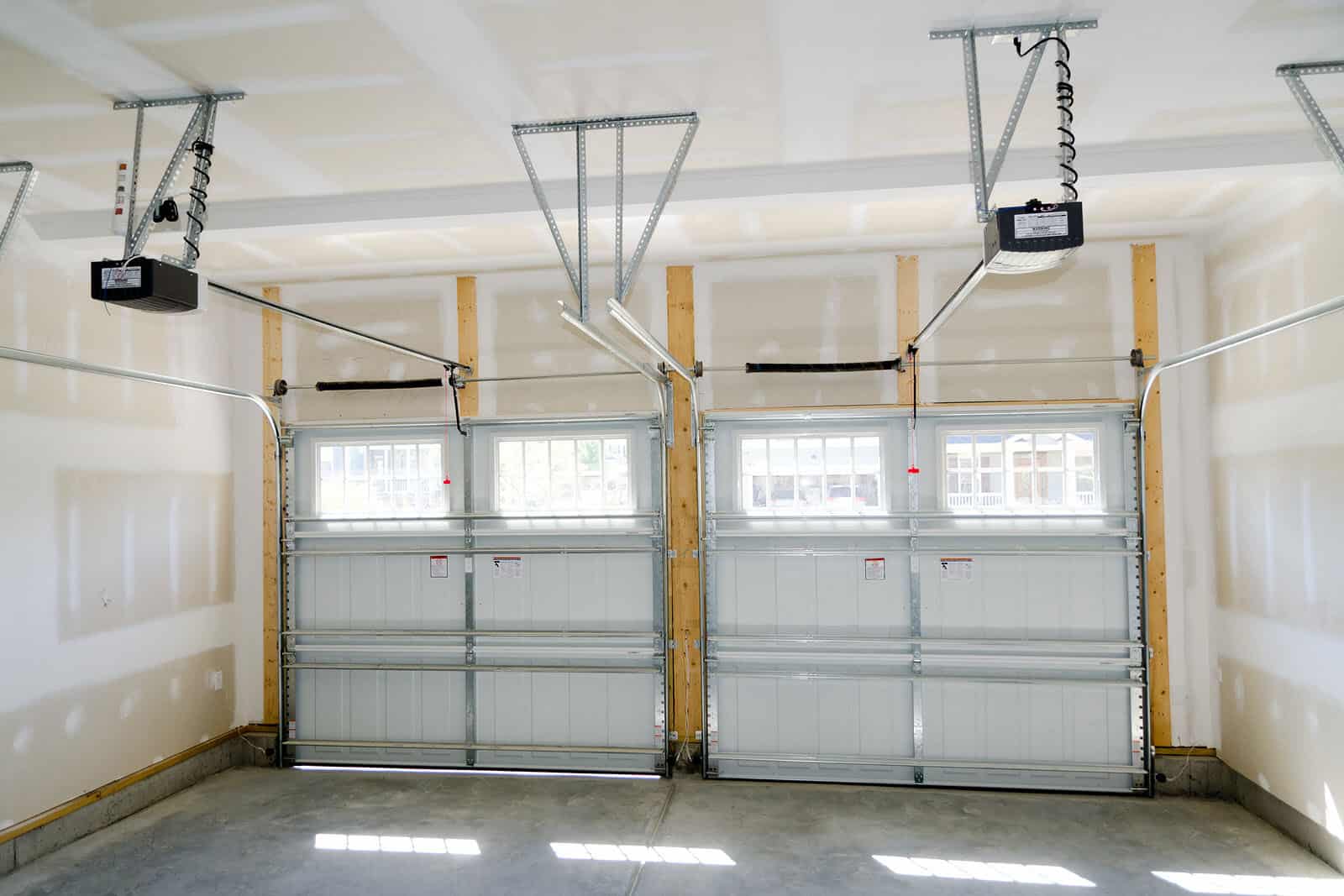In the realm of residential or commercial garage doors, one component often overlooked yet integral to their effective functioning is the spring mechanism.
These springs, whether they are torsion or extension types, play an essential role in balancing the weight of the door during its opening and closing operations.
A synergistic blend of strength and flexibility allows these springs to store mechanical energy, which is expended to assist in lifting the considerable weight of a garage door with relative ease.
The smooth operation we have come to expect from our doors is largely due to these diligently working components.
However, like any element subjected to repetitive stress or strain cycles, garage door springs can succumb over time and require replacement.
Failure to address this need promptly may lead not only to impaired door performance but also potential safety risks.
Understanding when such replacements are necessary becomes paramount for maintaining optimal efficiency and longevity of your garage system.
Therefore, this article seeks to illuminate the importance of timely garage door spring replacement for superior door performance and overall safety standards.
Key Takeaways
– Garage door springs are crucial for the functioning and safety of residential or commercial garage doors.
– Regular inspection and timely replacement of worn-out springs are necessary to ensure optimal door performance and prevent accidents.
– Signs of failing springs, such as difficulty in lifting, unbalanced doors, excessive noise, and incomplete opening, should be promptly addressed to prevent further damage.
– Maintaining the delicate equilibrium of the spring system through regular maintenance checks contributes to overall safety standards in residential or commercial premises.
Understanding the Role of Springs in Garage Mechanisms
In order to fully appreciate the necessity of replacing garage door springs, it is crucial to comprehend their fundamental role in the overall functioning of the garage mechanism; despite common misconceptions, these springs are not mere accessories but integral components that bear the weight of the door and facilitate its smooth opening and closing.
Garage doors, particularly those of substantial weight, rely heavily on these robust springs for operation. Essentially functioning as a counterbalance system, they store mechanical energy when the door is closed and release it when lifted – an intricate process involving both tension (torsion) and extension springs. The torsion spring, generally mounted above the garage door’s opening, twists as the door closes while extension springs expand along either side of horizontal tracks.
Delving deeper into this subject unveils more about how these vital mechanisms work together harmoniously. Torsion springs operate through torque – rotational force – which allows them to balance out the heftiness of a garage door. They come in different sizes depending on factors such as weight, height and track radius of your specific garage door model.
On their counterpart’s side, extension springs use high-tension steel material with stretching capability that accommodates varied load levels associated with different sized doors. These two types are designed to co-function within a pulley system ensuring seamless lifting and lowering movements.
The importance of maintaining this delicate equilibrium cannot be overstressed considering safety concerns entailed by worn-out or faulty components within this system – primarily broken or aged garage door springs. A malfunctioning spring can result in hazardous scenarios like sudden drops or uncontrolled movements during operation which could potentially inflict serious harm or damage property. Henceforth, periodic inspection and timely replacement serve not only to enhance performance but also guarantee user safety by preventing unforeseen incidents related to component failure.
It is thus critical for homeowners to comprehend that replacing these essential parts should not be seen as an optional upgrade but rather an industry-recommended practice enhancing both functionality and safety aspects inherent in every well-kept modern home.
Signs Your Springs Need to be Replaced
Recognizing the indicators of a failing spring mechanism can significantly enhance the functionality and longevity of your residential or commercial overhead entrance system. Springs, performing as counterweights in garage door systems, are essential components that bear the weight during operation. A malfunctioning or broken spring may lead to improper door balance, causing undue strain on motorized operators and subsequently leading to their premature failure. It is thus crucial for owners to be vigilant for signs that indicate possible spring problems.
Signs requiring immediate attention include:
Difficulty in lifting: The garage door feels heavier than usual when manually operated.
Unbalanced doors: The garage door appears crooked or does not fully close.
Excessive noise: Unusual squeaking or banging noises are observed during operation.
Incomplete opening: The garage door does not open completely despite repeated attempts.
These symptoms suggest an impending spring failure that could potentially compromise the integrity and efficiency of the entire system if left unattended. Early detection can prevent further damage and ensure a safe operating environment, thereby maintaining optimal performance levels of your overhead entry structure.
Without resorting to a summarizing statement, it is pertinent to note these symptoms from regular usage patterns should trigger an immediate response in terms of maintenance checks and necessary replacements where required.
To guarantee seamless operation and extended lifespan for your overhead entrance system, diligent observance for signs indicating deteriorating springs should be part of routine inspection procedures. Regular maintenance checks coupled with timely replacements will keep the performance at peak levels while contributing positively towards overall safety norms within your residential or commercial premises.
https://perfectsolutionsgaragedoor.com/when-and-why-to-replace-your-garage-door-springs/


